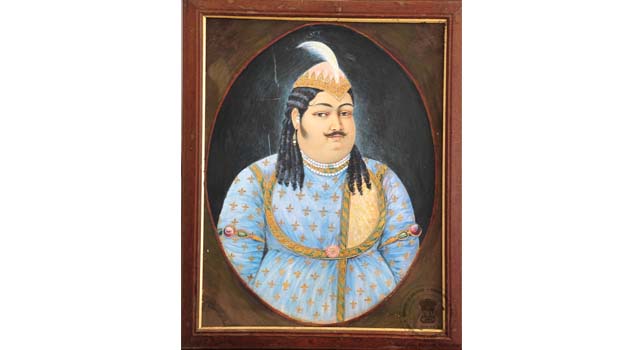This Day In History
Annexation of Awadh

On this day in 1856, the Kingdom of Awadh is annexed by the British East India Company. Wajid Ali Shah was the tenth and last Nawab of Awadh, holding the position for 9 years, from 13 February 1847 to 11 February 1856.
The treaty of 1801 formed an arrangement that was very beneficial to the Company. They were able to use Awadh's vast treasuries, repeatedly digging into them for loans at reduced rates. In addition, the revenues from running Awadh's armed forces brought them useful revenues while it acted as a buffer state. The Nawabs were ceremonial kings, busy with pomp and show but with little influence over matters of state. By the mid-19th century, however, the British had grown impatient with the arrangement and wanted direct control. They started looking about for an excuse, which the decadent Nawabs readily provided. On 1 May 1816, a British protectorate was signed.
In 1856 the East India Company annexed the state under the Doctrine of Lapse, which was placed under a Chief Commissioner. The kingdom, long protected by the British under treaty, was eventually "annexed bloodlessly" on 11 February 1856, two days before the ninth anniversary of his coronation. The Nawab was exiled to Garden Reach in Metiabruz, then a suburb of Kolkata, where he lived out the rest of his life on a generous pension. He was a poet, playwright, dancer and great patron of the arts. He is widely credited with the revival of Kathak as a major form of classical Indian dance. He is survived by many descendants.
In the subsequent Revolt of 1857, his 14-year-old son Birjis Qadra son of Begum Hazrat Mahal was crowned ruler, and Sir Henry Lawrence killed in the hostilities.
In the Indian Rebellion of 1857 (also known as the First War of Indian Independence and the Indian Mutiny), the rebels took control of Awadh, and it took the British 18 months to reconquer the region, months which included the famous Siege of Lucknow.
-History




